Akita
Akita
America’s Dignified and Loyal Guardian
1. Introduction to the Breed
The Akita, securing the #41 spot in the 2024 American Kennel Club (AKC) rankings, is a dignified and loyal breed revered for its strength, courage, and striking appearance. Known for their bear-like presence and protective instincts, Akitas excel as guard dogs and devoted companions. Their thick coat and reserved demeanor make them ideal for experienced owners in suburban or rural homes, where their majestic aura and steadfast loyalty bring a sense of security and devotion.
2. History of the Breed
Originating in Japan’s Akita Prefecture centuries ago, Akitas were bred as hunting dogs for large game like boar and bear, later serving as guard dogs for nobility. The breed’s modern form was shaped in the early 20th century, nearly lost during World War II but preserved through dedicated breeding. Recognized by the AKC in 1972, Akitas gained U.S. fame through the story of Hachiko, the loyal dog who waited for his owner daily. Their roles in guarding, dog shows, and as family protectors have solidified their appeal.
3. Physical Characteristics
- Typical Size and Weight: Akitas are large, standing 24–28 inches tall at the shoulder. Males weigh 100–130 pounds, while females range from 70–100 pounds, with a robust, muscular build.
- Coat and Color: Their thick, double-layered coat is medium-length, in colors like white, brindle, pinto, or red, often with white markings. The coat sheds heavily, especially seasonally.
- Distinctive Features: Akitas have a broad, bear-like head, small, triangular eyes, and erect ears. Their curled tail and powerful frame reflect their strength and Japanese heritage.
4. Personality Traits
Akitas are dignified, loyal, and protective, with a reserved demeanor that makes them exceptional guard dogs. They form deep bonds with their families, showing affection with trusted members, but may be aloof or wary with strangers and other pets, requiring careful socialization. Their strong prey drive and dominant nature demand experienced owners who can provide structure. Akitas are intelligent but independent, needing mental and physical stimulation to prevent boredom-driven behaviors like chewing or aggression.
5. Care Requirements
- Exercise Needs: Akitas need 60–90 minutes of daily exercise, including brisk walks, hiking, or yard play. Mental stimulation through training or puzzle toys keeps their sharp minds engaged.
- Grooming Needs: Their coat requires brushing 2–3 times per week, with daily brushing during shedding seasons. Regular ear cleaning, nail trimming, and dental care prevent infections and maintain health.
- Dietary Considerations: A high-protein diet supports their muscular build, with foods containing glucosamine for joint health. Portion control prevents obesity, and fresh water is essential post-exercise.
6. Health and Lifespan
Akitas have an average lifespan of 10–13 years. Common health issues include hip dysplasia, hypothyroidism, progressive retinal atrophy, and autoimmune disorders like sebaceous adenitis. Regular vet checkups, genetic screenings, and a healthy lifestyle mitigate risks. Owners should monitor for skin issues, joint stiffness, or vision changes and ensure a balanced diet to support overall health. Genetic testing from breeders reduces hereditary concerns.
7. Training and Socialization
Akitas are intelligent but strong-willed, requiring consistent, positive reinforcement training with treats or praise. Their dominant nature demands firm, confident leadership from experienced owners. Early socialization is critical to reduce wariness or aggression toward strangers, children, or other animals. Teaching commands like “stay” and “leave it” helps manage their protective instincts. Activities like obedience or protection training channel their energy effectively.
8. Ideal Home Environment
Akitas thrive in homes with secure, spacious yards, ideal for suburban or rural settings where they can patrol and exercise. They suit experienced owners who can provide structure and calm handling. Supervision is needed with children or other pets due to their dominant nature. Apartments can work if exercise needs are met, but a large space is preferred. Owners should provide a secure, stimulating environment to prevent boredom or territorial behavior.
9. What’s the Best Toy for My Akita?
Akitas enjoy toys that suit their strong build and intelligent nature, engaging their protective instincts and moderate energy. Durable chew toys made of tough rubber withstand their powerful jaws, providing 20–30 minutes of chewing satisfaction, especially when stuffed with treats for mental stimulation. Large, sturdy balls for fetching tap into their playful side, ideal for 20–30 minute outdoor sessions. Thick rope toys for tugging satisfy their strength, perfect for 15–20 minute interactive play with owners. Interactive puzzle toys with treat compartments challenge their intelligence, keeping them occupied indoors for 15–20 minutes. Avoid flimsy toys, as Akitas can destroy them, risking choking. Rotate toys regularly and pair with training for engagement.
10. Adoption and Breeder Tips
Choose breeders affiliated with the Akita Club of America, ensuring health clearances for hips, thyroid, eyes, and autoimmune conditions. Visit the breeder to assess puppy health, meet parents for temperament insights, and confirm ethical practices, including socialization and clean facilities. Rescues like Akita-specific organizations offer adoptable dogs, often with known histories. Avoid puppy mills, as Akitas are prone to health issues if poorly bred. Ask about genetic testing, socialization, and the breeder’s experience with guardian or companion lines to ensure a healthy, well-adjusted dog.
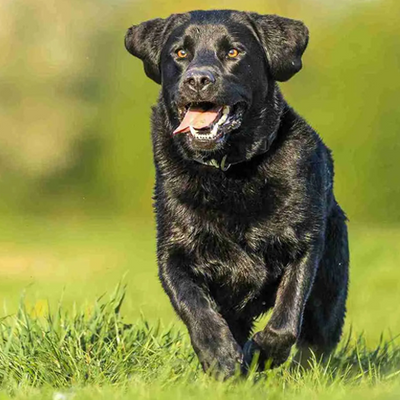
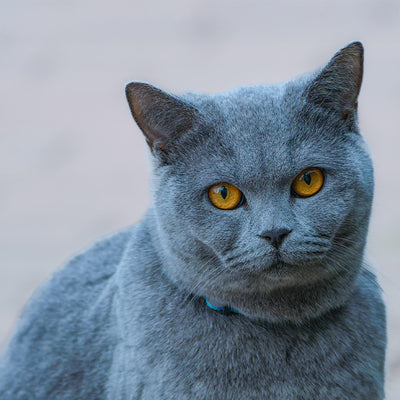
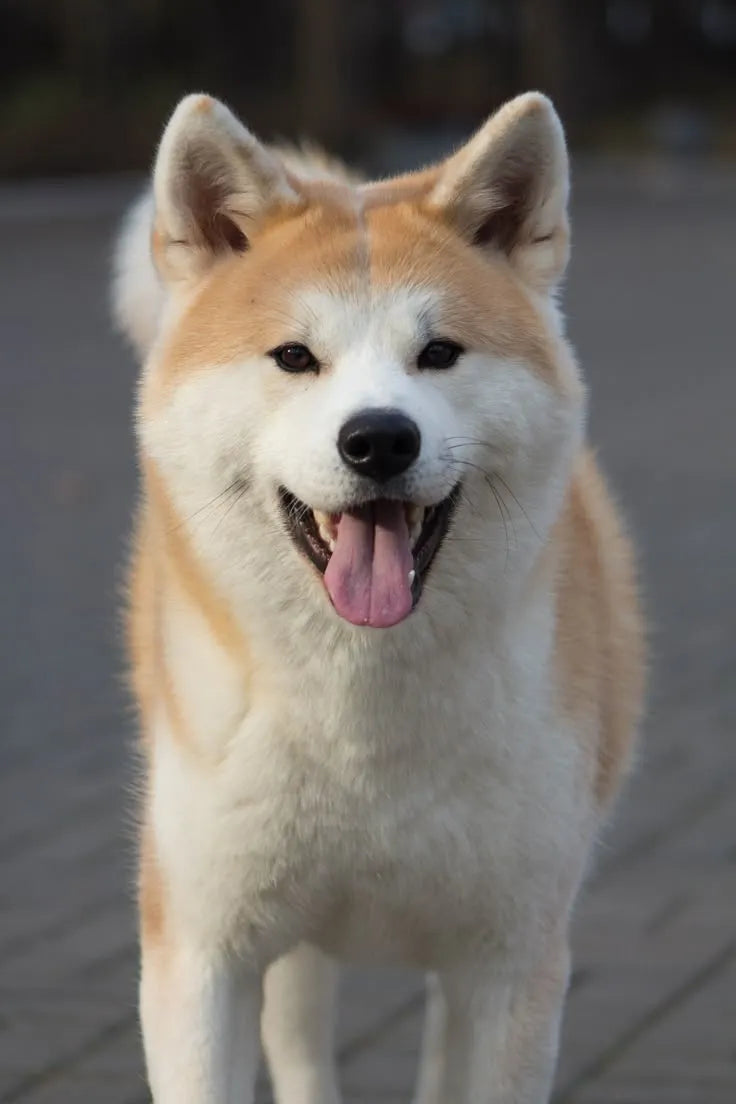
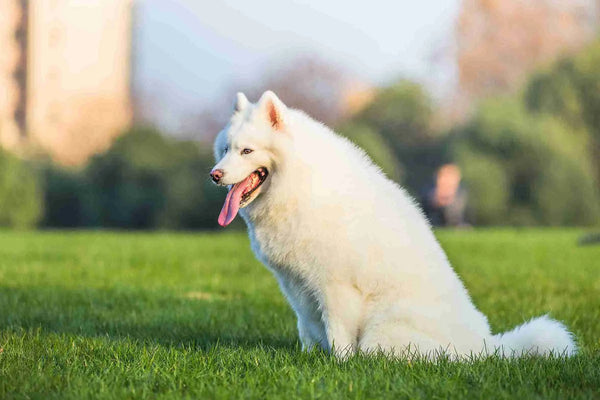
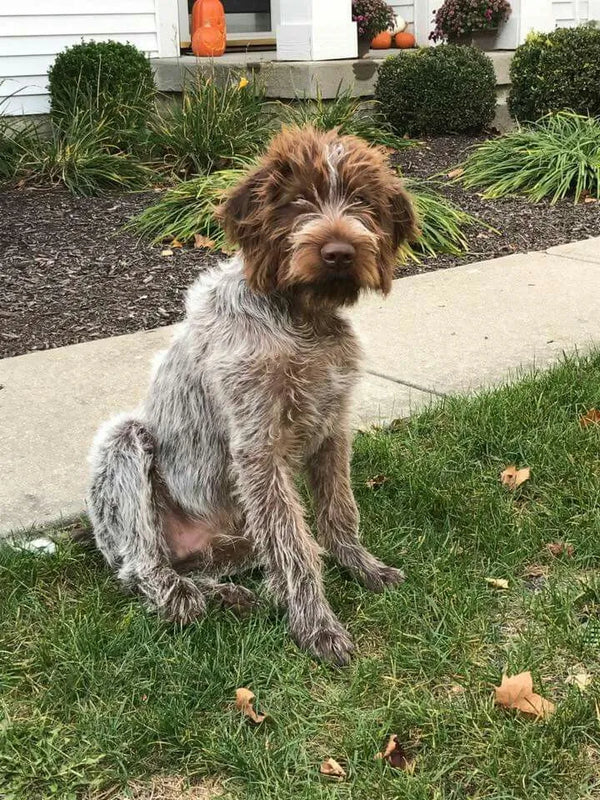
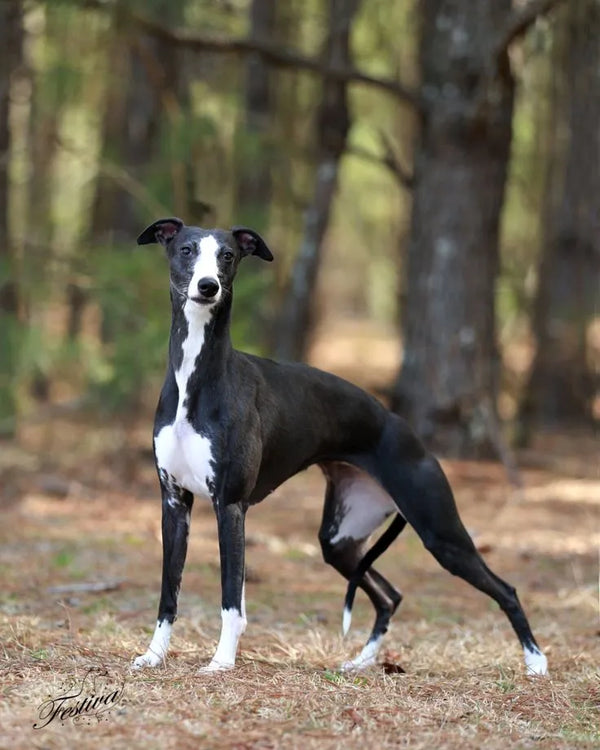
0 comments